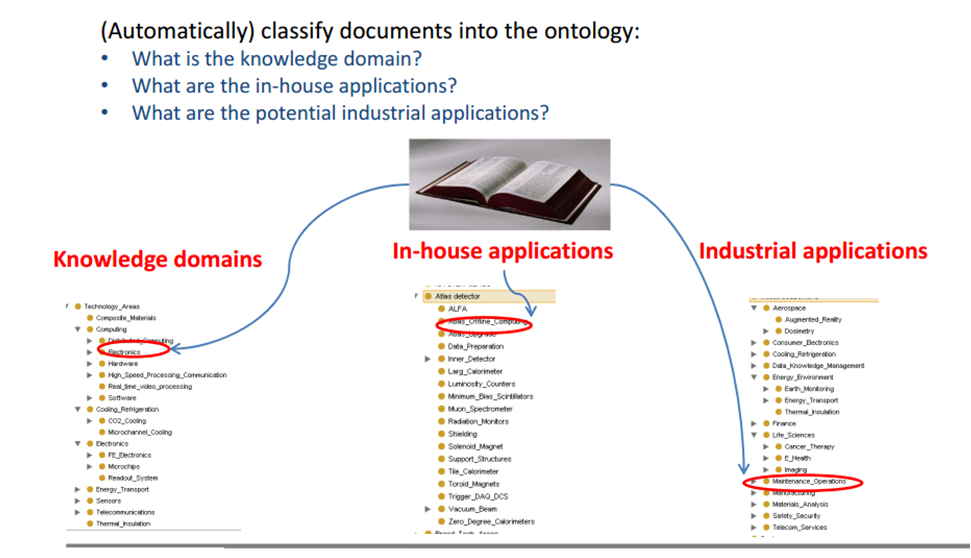
This post is based on a presentation I gave at the United Nations' Office in Geneva in 2011, available here.
Most successful and innovative organizations worldwide are knowledge-intensive organizations. Professional knowledge, in particular technical know-how, is a key asset for such organizations as their success depends to a large extent on their ability to create, manage and transfer knowledge efficiently. Let us call this process knowledge valorisation.
I review below some of the key enablers of knowledge valorisation by sketching a sort of road map.
Step 1
The first step shown below might look trivial, but I believe that most organizations (in particular those which are in the process of restructuring, M&A, etc) might find it worthwhile.

In other words, the first challenge is to make sure that knowledge is properly tracked and stored, especially if the organization is very large. If knowledge turns out to be mostly in implicit form, the organization runs a significant risk to lose knowledge and performance as a result of staff turnover, as when the key people leave or retire, nobody may be able to run some critical processes. In addition, as implicit knowledge is difficult to share, if explicit knowledge on key processes is not available, it is difficult for new recruits to become quickly operational.
Step 2
If a large body of documents spanning the organizational knowledge landscape is available in electronic format, it is appropriate to set up and use a formal knowledge classification scheme. The most powerful approach to knowledge classification, following the principles of semantics, is based on two components:
- Taxonomies, i.e. multi-level, tree-like classification frameworks. An example of a comprehensive, well-known taxonomy is Linnaeus’ classification scheme for nature as divided into three kingdoms: mineral, vegetable and animal. Linnaeus used five levels: class, order, genus, species, and variety. Advanced knowledge management might call for the definition of multiple taxonomies, as shown in the example below.
- Classification rules, i.e. a set of criteria to place each document in one (or more) positions in the taxonomy. Rules are typically based on specific properties of the document. Simple classification rules are based on keywords and other metadata, e.g. if a document has “Java” as a keyword, it is likely to be classified under a “computer science” branch of a technological taxonomy.
The above elements, taken as a whole constitute an ontology, i.e. a detailed, potentially exhaustive description of a knowledge domain in terms of a collection of data records, together with their metadata/attributes, organized and classified in one or more taxonomy-based “catalogues”.

The pictures above refer to an ontology which is relevant to a public research organization which regards technology transfer as part of its mission. Such organizations feel strong pressure by their funding bodies to demonstrate the positive socio-economic impact of public research on society through concrete examples. In order to meet such demands, they must define and implement a proactive and cost-effective Knowledge & Technology Transfer (KTT) strategy. Then it is essential that all the knowledge assets in the organization are identified (technologies, general know-how, training capabilities) and as many KTT channels (licensing of intellectual property, joint R&D with industry, training, people mobility …) as possible are enabled.
Step 3
At this point, a classification engine is used:

The ultimate deliverable is a context-sensitive, searchable knowledge catalogue

Informal Summary
All the tools described above aim at avoiding that in a large organization people reinvent the wheel all the time, just out of lack of knowledge of what their colleagues are working/have worked on.
Moreover, using the wheel analogy: if you are into technology transfer, such tools will help you show your "wheel" outside your organization and identify whoever could use it to make an innovative car!
Please note that some older comments to this post refer to (very different) content which has now been removed. Please disregard them.
